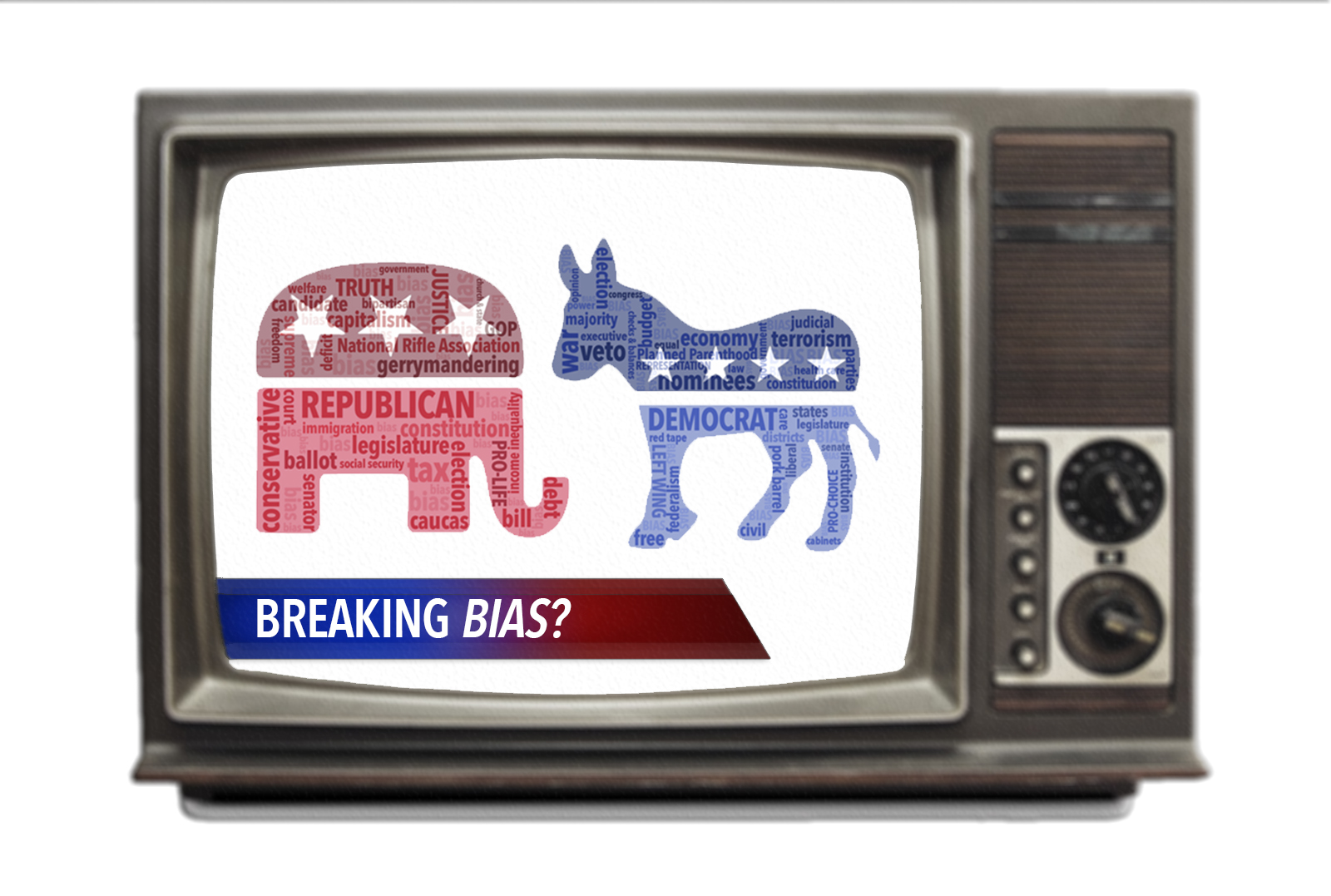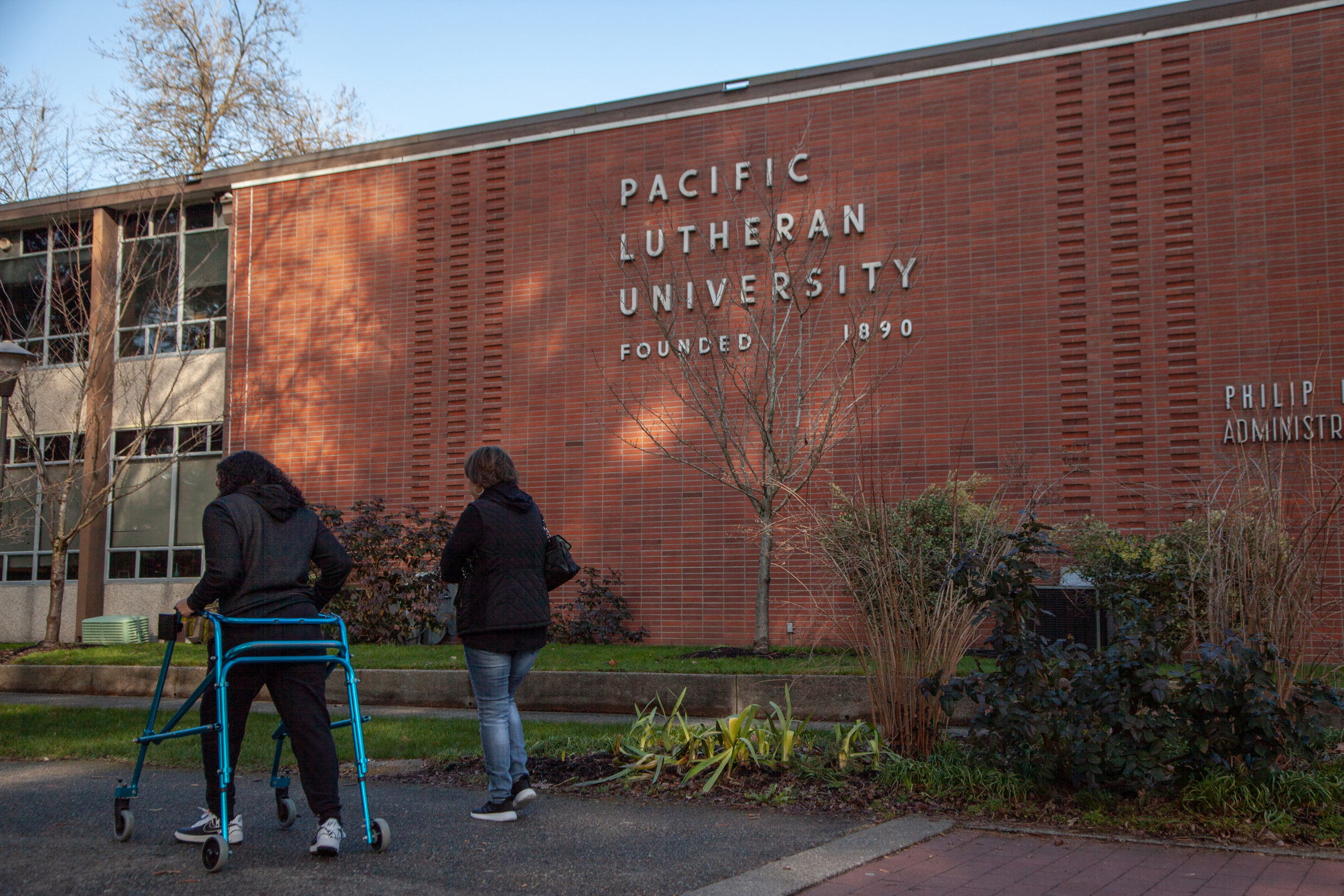Libby Postovit
News Writer
postovlg@plu.edu
It’s official, Lutes: media outlets have a bad reputation among college students. Despite a massive increase in media consumption over recent years, a poll from Harvard University’s Institute of Politics released last April reports that only 11 percent of millennials trust national news media. The most commonly cited reason for Generation Y’s distrust: media bias.
Their skepticism of major media outlets is well-founded. Pundifact, a branch of Politifact, found that only 18 percent of “facts” reported by right-leaning FOX News are true outside the newsroom. Likewise, Pundifact found that only 31 percent of left-leaning MSNBC’s “facts” are actually true. The extreme media bias that both sources exhibit results in misinformation, perhaps even misrepresentation of reality.
Art Land, Resident Instructor of Communication at Pacific Lutheran University, observed that media bias mostly relates to a reporter’s approach in providing information.
“You can report as a journalist or you can report as an advocate,” he said. “One focuses on trying to be unbiased and the other one focuses on persuasion. It’s how you do the job.”
Sophomore Haley Hurtt’s wariness of advocates posing as journalists pushes her to reduce her media consumption.
“I definitely think the reason why I don’t watch a lot of media is the bias I generally see, whether that’s left or right-wing,” she said. “It worries me that media bias can influence people in a really large way.”
Professor Amy Young, Chair of the Communication and Theatre Department at PLU, agreed with Hurtt that news media holds significant influence, particularly in agenda setting. “While media outlets don’t tell us what to think, they tell us what to think about,” she explained in an email interview. “They put issues on our radars.”
Misinformation on the public’s radar is dangerous, but abstinence from media could be even more dangerous. One student who prefers to remain anonymous remarked, “Media serves as one way to inform mass groups of people of events. When I was in high school, we had a TV in our house, so I watched the news a lot. I was generally aware of things. But now that I live where I don’t have a TV, without basic news, it’s kind of difficult to figure out what is happening.”
Biased or not, media is necessary for people to understand what happens around them. In order to give the Lute community the most accurate information possible, Mast Media works hard to curb the negative effects of media bias.
Samantha Lund, editor-in-chief of the Mast, described the difficulties of avoiding bias while reporting issues that are relevant to the Lute community. “As a learning laboratory, we discuss how to prevent it,” she said, “But we can’t just not cover the Women’s Center because we all have ties to it. We can’t just not cover the presidential debate because our reporters are all going to vote.”
To combat the problems of media bias, Lund tries to be as transparent as possible with the Lute community. She mentions possible bias of some articles in editor’s notes, which can be seen on issues of the Mast.
Lund noted that a small degree of media bias is unavoidable at a small campus such as PLU. However, she is determined to let the Mast’s audience ultimately decide what matters. “We aren’t looking to change your perceptions of things,” she said. “We’re looking to make you think and give you information.”
Though Lund makes an effort to balance objective reporting with the realities of media on a small campus, she concluded, “We’ve grown to discuss, acknowledge and accept media bias in some circumstances. At least in my perception, useful information trumps a little bit of bias.”
When asked how they believe Mast Media and major media outlets can avoid the harmful effects of extreme bias, Lutes emphasized the importance of diversity.
“Maybe the best way to avoid media bias would be to have equal arguments and counter-arguments,” said the anonymous student. “It’s nice when there are three, four, maybe five different opinions. That shows that there’s a spectrum – a gradient of ways you can think about something.”
Hurtt completely agreed. “Get both sides of the story. That’s the big deal,” she said. “Whatever you can do to get as many people talking about something as possible would be the best.”
Professor Young took the opposite approach. “The issue of this ridiculous understanding of objectivity as giving equal voice to unequal arguments … is quite dangerous because it gives people the impression that every opinion is equally valid,” she said. “Actual objectivity would dictate that you do the work for the audience to weed through truth[ful] claims, evidence, and research and give voice to facts and legitimate experts.”
For now, audiences must determine manufactured “facts” from true facts on their own. Though the task may seem daunting to many college students, hope is not lost. Professor Land offered some advice on finding truth within a biased news media system. “Consume a lot of different media and consume media that disagrees with your perspective of the world,” he suggested. “That helps make real how you see the world.”



























